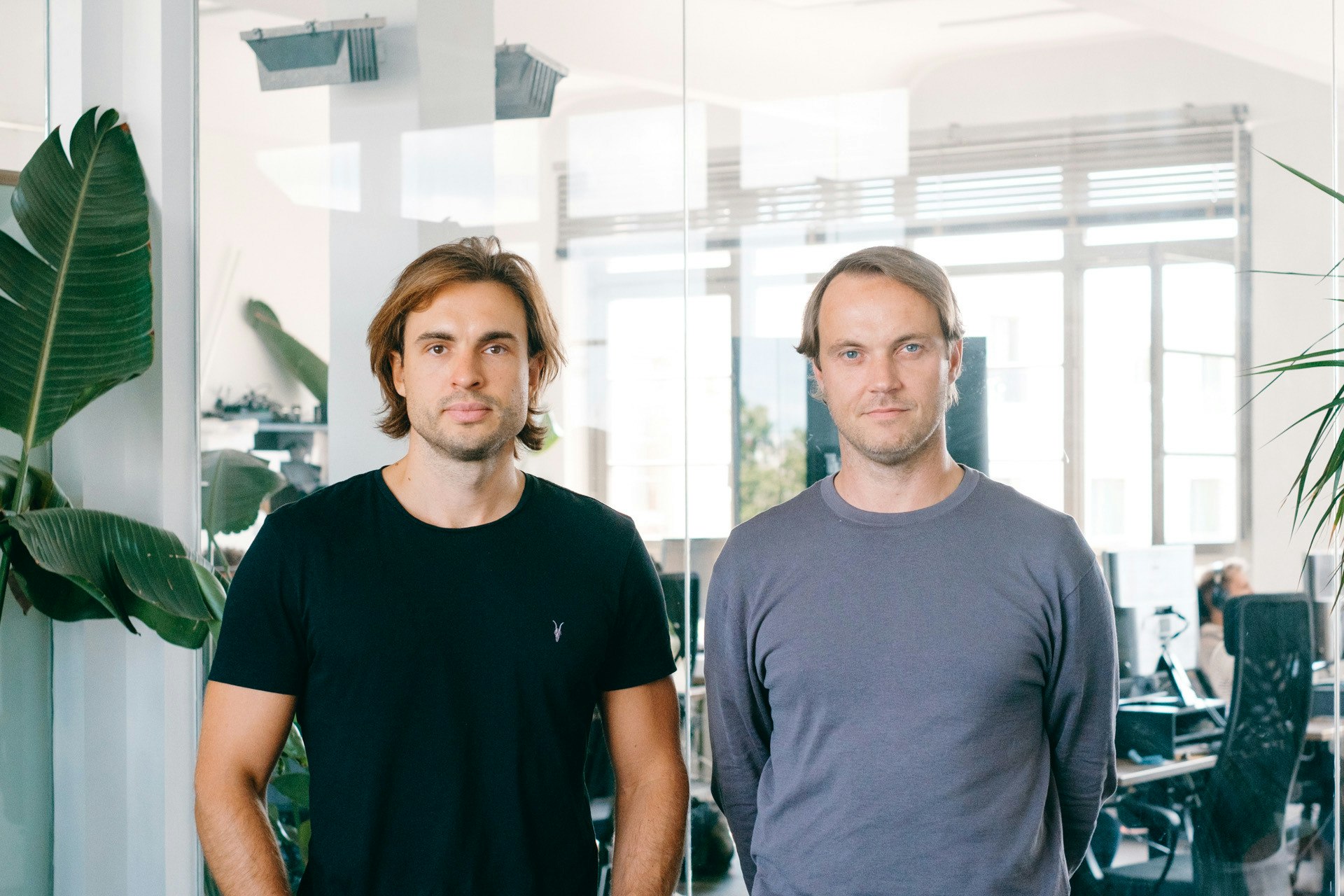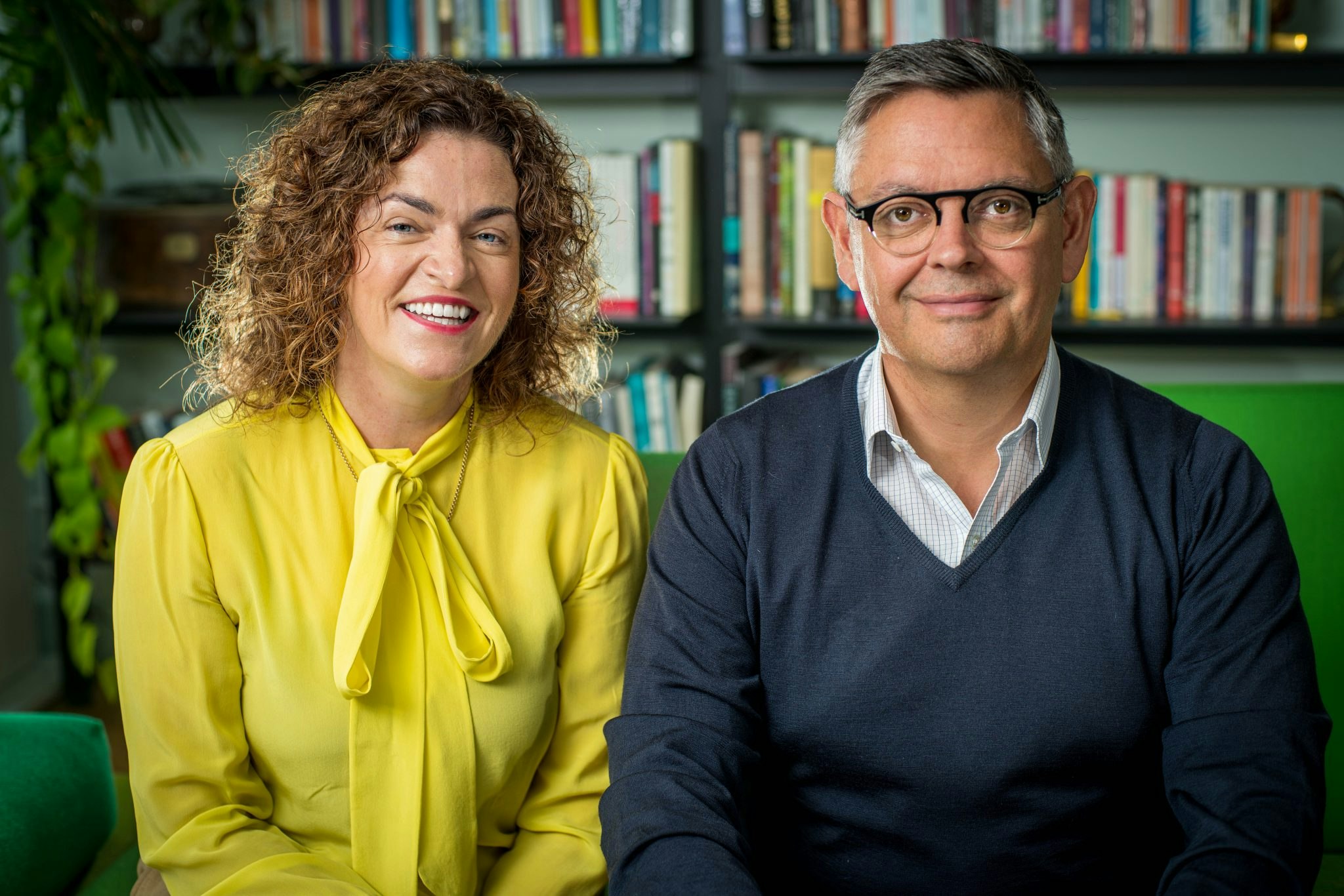Debt is still a dirty word in some parts of the tech ecosystem — seen as a financing option for poorer performing companies unable to secure equity. But it’s a different story in climate tech.
In the first quarter of this year, European climate tech raised €12.5bn in debt — more than three times the amount of equity secured by the sector and 93% of the debt raised by the entire European tech ecosystem in Q1, according to Sifted data.
From Northvolt to H2 Green Steel, some of the biggest names in climate tech are raising chunky debt vehicles from some of the world’s biggest banks, like Barclays and Bank of America.
And investors believe the uptick in debt financing could be what ensures this climate tech era succeeds where previous cycles have failed.
“Not what VC money is made for”
Unlike software startups, a lot of the climate tech world deploy physical hardware be it solar systems or gigafactory infrastructure.
“If you want to finance these assets, you increasingly have to resort to debt or project finance, because it's not the right asset class for VC or classic private equity, and the companies don’t generate enough cash flow to finance it themselves,” says Maximilian Zoller, investor at HV Capital.
German solar startup Enpal, an HV portfolio company, is one example of the current climate tech cohort’s approach to financing. It secured a €1.1bn debt vehicle in March this year from Barclays Europe, Bank of America and Credit Agricole CIB. Enpal will use it to fund the installation of solar panels on customers’ homes, who then pay the company back over time.
It wouldn’t make sense for Enpal to raise billions in VC equity — diluting founders, employees and existing investors’ stakes in the business — to finance a loan to customers, Zoller says. “That’s not what VC money is made for, it’s what banks are made for.”
VC dollars are great for funding the riskier parts of a startup’s journey — the initial tech iteration phase — and aim for large returns equivalent to the risk taken. But VC is no longer efficient when it gets to deploying proven assets at scale, Zoller says.
That’s echoed by the cap tables of some of Europe’s largest climate tech companies. H2 Green Steel, which is working on a hydrogen-powered steel plant in Sweden, secured €4.2bn in debt financing in January this year. Also in January, Northvolt, Europe’s best-funded gigafactory startup, secured a $5bn debt package.
The ‘cleantech bubble’
In today’s climate tech world, the memory of an earlier period of innovation looms large. The ‘cleantech bubble’ — a period that started in 2006 and had crashed by 2013 – saw VCs invest in a host of climate technologies: most of which failed.
There were many problems — tech that simply didn’t work out, plus the 2008 financial crash. Another problem, one seasoned infrastructure investor tells me, was that investors were backing large-scale infrastructure projects like solar parks and off-shore wind projects with equity dollars, as opposed to project financing.
“It was the wrong cost of capital chasing the wrong returns,” he says.
Because of that, says Zoller, “a lot of startups are trying to diversify their funding base away from purely relying on VC money or believing that their entire business plan can be funded with it.”
Climate tech 2.0’s debt acronyms
When climate tech companies first raise debt, they often do so by registering a special purpose vehicle (SPV) and then making a deal with a bank to loan money to that SPV. Doing so means the bank’s relationship is not directly with the startup’s – often loss-making – parent company.
Startups are also raising asset-backed securities (ABS) — which are similar to an SPV but involve a syndicate of banks providing the debt facility rather than just one.
Enpal’s €1.1bn debt vehicle raised earlier this year was an ABS facility. When a customer signs a contract, Enpal receives the entire worth of that contract upfront from the three banks providing the ABS. The customer’s payments are then paid into the ABS — meaning the debt sits with the banks, instead of on Enpal’s balance sheet.
Startups tend to raise SPVs tied to a single bank and then move to ABS later on – as Enpal has done.
Fellow German solar startup Zolar is another example. It secured a €100m ABS earlier this month to offer financing solutions to residential solar customers.
Not just infrastructure: debt in the carbon markets
Interest rates on debt facilities are tied to current rates, typically with a percentage on top depending on how well understood the asset the debt is tied to is. Solar panel installation, for example, is well understood by banks, investors say.
That said, newer parts of the climate tech world are starting to secure debt vehicles too.
Arbonics is a Tallin-based startup that generates forestry-based carbon credits. Carbon credit providers often sign off-take agreements: where a customer agrees to buy a certain amount of credits in advance of them being delivered.
The agreements mean that revenue is guaranteed but still a while away – and Arbonics still needs to fund the projects before the revenue arrives. “If you want to unlock those future revenues that are already committed, then using VC money is a super expensive form of capital for a founder,” says Kristjan Lepik, founder of Arbonics.
Lepik says Arbonics is now in talks with several European banks to secure a debt facility to fund the forestry work in advance of credit revenues coming in. It’s something that the banks wouldn’t have been interested in five years ago, Lepik says.
The trend looks set to continue. Banks writing the debt predict more to come: at the end of last year, a Barclays note said the issuance of ABS could reach record levels in 2024.


